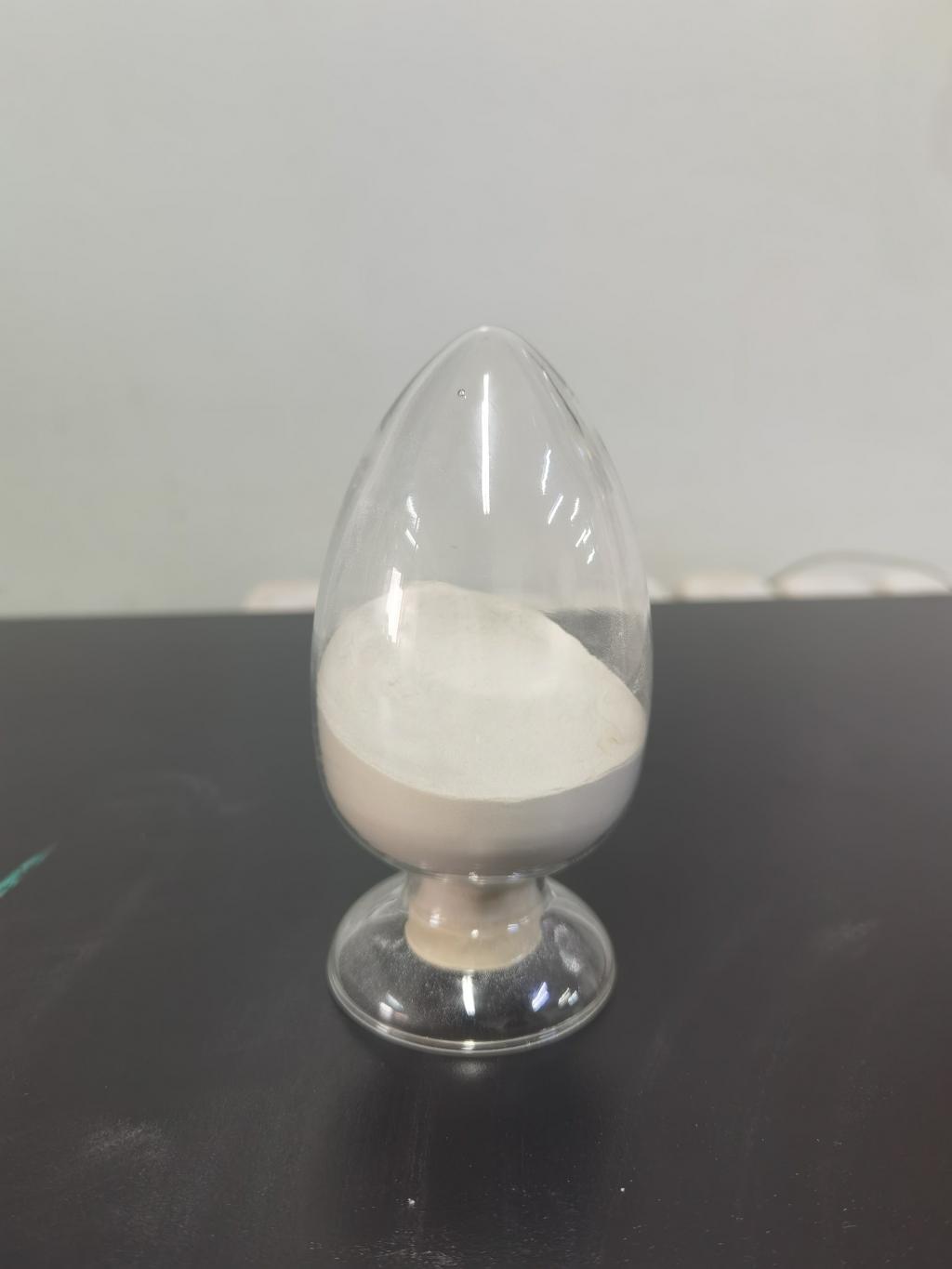Tel:+8618231198596

News
 CONTACT
CONTACT
 CONTACT
CONTACT
- Linkman:Linda Yao
- Tel: +8618231198596
- Email:linda.yao@dcpharma.cn
- Linkman:CHARLES.WANG
- Department:Overseas
- Tel: 0086 0311-85537378 0086 0311-85539701
News
Current Position:
Home >
News
>Nisin Application in Indigenous Food Preservation Techniques: A Global Perspective
Nisin Application in Indigenous Food Preservation Techniques: A Global Perspective
TIME:2024-03-12
Introduction:
Indigenous food preservation techniques are deeply rooted in the traditions and practices of diverse communities worldwide. These methods have sustained cultures for centuries, adapting to local environments and resource availability. With the advent of modern food science, researchers have begun to investigate ways to enhance these traditional practices. Nisin, a naturally occurring antimicrobial peptide derived from certain strains of lactic acid bacteria, has emerged as a promising candidate due to its effectiveness against a broad spectrum of bacteria, including some pathogens.
Historical Context of Indigenous Food Preservation:
Before delving into the applications of nisin, it is essential to understand the historical context of indigenous food preservation techniques. These practices vary widely, from smoking and drying in arid regions to fermentation and pickling in more temperate climates. Each method is a reflection of the local ecosystem, cultural preferences, and historical experiences. Preserving food allowed communities to overcome scarcity during harsh seasons and to trade with neighboring groups.
The Role of Nisin in Indigenous Food Preservation:
Nisin, as a natural preservative, offers several advantages when integrated into indigenous food preservation techniques. It is produced by bacteria during the fermentation process, making it a byproduct of some traditional preservation methods. This peptide exhibits antimicrobial properties, inhibiting the growth of spoilage organisms and pathogens, thus extending the shelf life of preserved foods.
Case Studies:
Fermentation and Nisin Production in East Asian Cuisine:
In East Asian countries like Japan and Korea, fermentation plays a vital role in traditional food preservation. Nisin-producing bacteria, such as Lactococcus lactis, are commonly found in fermented products like miso, kimchi, and soy sauce. Integrating nisin into these processes not only enhances preservation but also contributes to the unique flavors associated with these cuisines.
Smoking and Nisin in Indigenous North American Preservation:
Native American communities historically relied on smoking as a preservation method for meats and fish. Combining this technique with nisin application has shown promising results in inhibiting the growth of harmful bacteria. The synergy between smoking and nisin contributes to the sustainability of traditional practices.
Fermented Dairy Products in European Preservation:
European cultures, particularly in Scandinavia and the Mediterranean, have a rich history of preserving dairy products through fermentation. Cheeses like feta and kefir naturally contain nisin-producing bacteria. Research suggests that optimizing these traditional processes with additional nisin supplementation could further enhance their preservative qualities.
Challenges and Considerations:
While the integration of nisin into indigenous food preservation methods holds promise, there are challenges to address. These include the potential impact on flavor profiles, cultural acceptance, and the need for sustainable production of nisin. Additionally, ensuring that the incorporation of nisin aligns with traditional values and practices is crucial to maintaining cultural authenticity.
Conclusion:
The application of nisin in indigenous food preservation techniques represents a harmonious blend of modern science and traditional wisdom. As we strive to address global food security challenges, it is essential to recognize and respect the diverse heritage of food preservation methods. Nisin's potential to enhance these practices offers an exciting avenue for research and collaboration, ensuring the preservation of both food and cultural legacies for generations to come.
- Tel:+8618231198596
- Whatsapp:18231198596
- Chat With Skype







